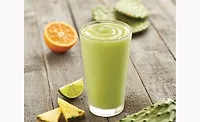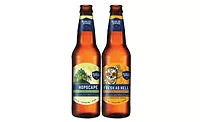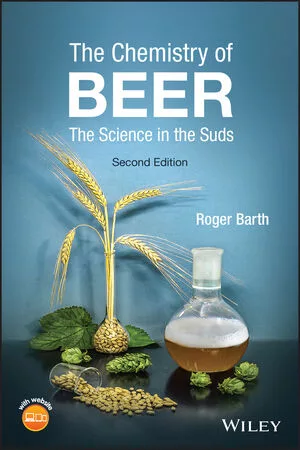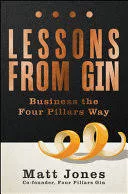Flavor exploration opens up craft beer options
Seasonal flavors, barrel-aging expand craft beer flavor profiles

For much of the PAST decade, the craft beer movement has exalted the art of beer-making by bringing renewed appreciation to traditional brewing techniques and satisfying flavor enthusiasts with ever-increasing taste experimentation. Although other food categories look at macro trends for flavor inspiration, innovators in craft beer seek to build flavors rooted in familiarity and apply them to their handmade creations.
With this in mind, brewers have captured micro-moments by experimenting with familiar seasonal flavors. In the summer, fruit flavors like citrus, melon and pineapple invoke summer-time nostalgia, while in the winter, brews with sweet, decadent dessert profiles, such as caramel, chocolate and even cookie, proliferate.
During the past several years, we have witnessed an evolution in the beer category and now are seeing it both influencing and being influenced by trends in other beverage categories. Regardless of the beverage category — alcohol or non-alcohol — the trends within one are influencing the techniques and flavor profiles of others — and craft beer certainly is no exception. As a result, craft artisanship has encouraged category mimicry such as nitrogenized craft beers giving rise to nitro-brewed coffee.
An inherently craft trend is the renaissance of ancient brewing techniques, which is fitting because making a “craft” product requires understanding and appreciating the nuances involved in creating an authentic brew.
As one of the first fermented drinks produced by humans, beer offers a rich history to work with when trying to create an authentic brew. In the United States, we see that this return to the past is resonating with beer drinkers, as one of the brews gaining popularity also is one of the oldest in the world: sours. These beers utilize wild yeast rather than hops for a sour and more nuanced profile that is comparable to the distinctions found in wine.
Taking inspiration from wine even further, brewers are experimenting with barrel-aging techniques to give their beers hints of bourbon, rum or woody notes. But wine hardly is the only industry from which craft beer takes inspiration. Brewers also are expanding their flavor development toolbox by borrowing from the bar. Just as culinary mixologists will use every ingredient at their disposal to create a next-level cocktail, craft brewers are elevating the taste experience for beer drinkers by including ingredients like herbs, florals and even bold spicy notes.
The boundaries between beverages are blurring; we see beers acting like wines, wines acting like cocktails and even coffees acting like beers. The fusion of beer with other drinks like tea, coffee, juice and even coconut water is creating stand-out products that are capturing consumers’ interest.
To tap into this “blurring boundaries” trend, brewers can incorporate some emerging tea varieties such as rooibos, matcha or even the smoky black tea lapsang souchong into a brew. For a summer seasonal beer, they can stoke the growing interest in shandies and radlers by blending in tropical fruit juices.
With increasingly high expectations for the craft taste experience, it is critical that brewers continue to push the limits of flavor combinations to deliver the unexpected.
To help brewers, McCormick Flavor Solutions has an in-house culinary mixologist that bridges the world of culinary to beverages and can tap into local beverage artisans’ passions. This has proven invaluable for enabling its flavorists and beverage scientists who understand the art and science behind flavor creation. From start to finish, the company combines creativity, passion and science to quickly and accurately deliver a targeted craft profile.
Having a food-first culture also has paired well with the craft movement. Being deeply rooted in the appreciation of food and beverage in its most authentic form, while also taking advantage of technical resources, is another great approach.
Applying its appreciation for “the craft,” intimate knowledge of brewing techniques and in-house brewing equipment, McCormick Flavor Solutions can collaboratively work to create authentic brews and experiment with interesting and on-trend craft beer styles. With a product development team that understands the craft industry from its foundation, the company aims to deliver consumer-desired profiles when testing emerging ingredients in the industry.
Its specialty ingredient toolbox is developed using craft inspirations and the latest analytical techniques. By working with marketing, consumer insights and a world-class sensory team, McCormick’s product development team aims to precisely define the most important flavor characteristics needed for a new product to meet its customers’ brand objectives. It uses everything at its disposal, to produce great-tasting new beers.
Combining its technical range and capabilities with a genuine respect for the craft involved in beer making, the company can deliver flavor profiles with a precision that keeps consumers amazed. BI
Looking for a reprint of this article?
From high-res PDFs to custom plaques, order your copy today!






